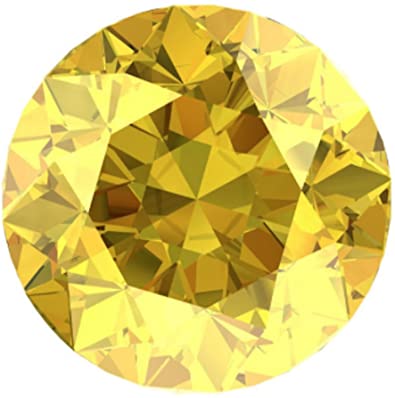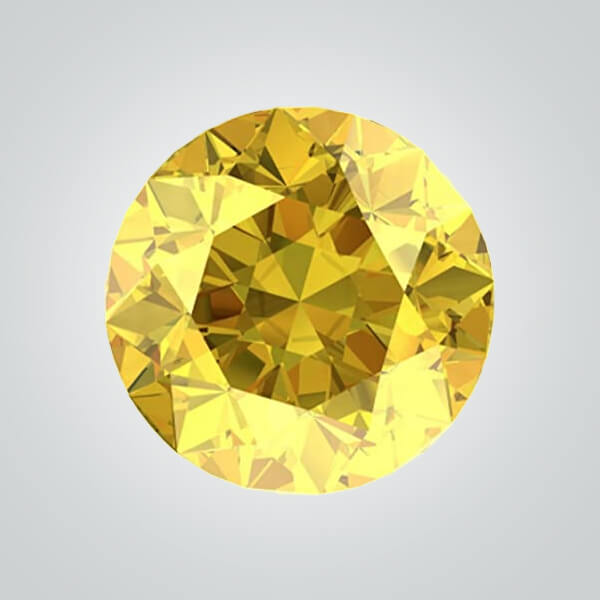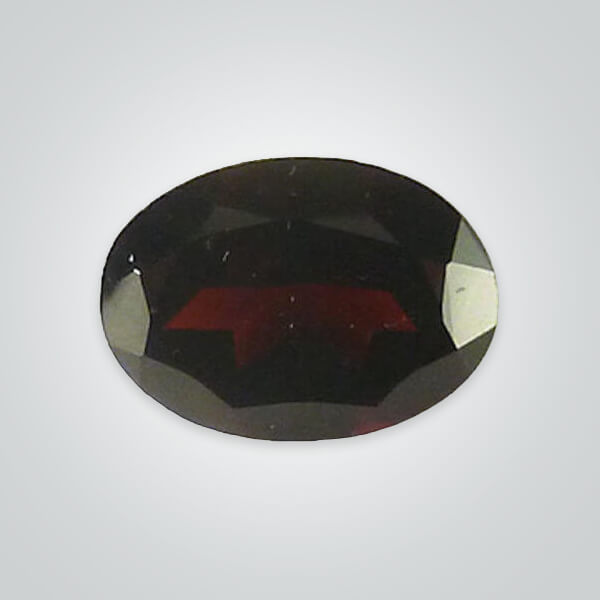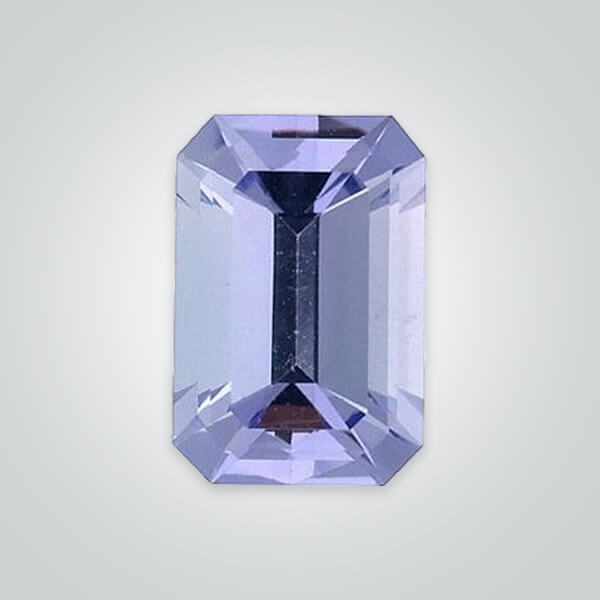Yellow Sapphire
Lab Created Yellow Sapphire# 20, Baguette
GEMSTONE DETAIL Origin: Grown in Lab by Verneuil / Flame Fusion method Dimensions: 5x3mm to 18x13mm Grade: AAA Clarity: Eye Clean Shape:
Lab Created Yellow Sapphire# 20, Baguette
GEMSTONE DETAIL Origin: Grown in Lab by Verneuil / Flame Fusion method Dimensions: 5x3mm to 18x13mm Grade: AAA Clarity: Eye Clean Shape:
Lab Created Yellow Sapphire# 20, Cushion
GEMSTONE DETAIL Origin: Grown in Lab by Verneuil / Flame Fusion method Dimensions: 3x3mm to 15x15mm Grade: AAA Clarity: Eye Clean Shape:
Lab Created Yellow Sapphire# 20, Cushion
GEMSTONE DETAIL Origin: Grown in Lab by Verneuil / Flame Fusion method Dimensions: 3x3mm to 15x15mm Grade: AAA Clarity: Eye Clean Shape:
Lab Created Yellow Sapphire# 20, Heart
GEMSTONE DETAIL Origin: Grown in Lab by Verneuil / Flame Fusion method Dimensions: 3x3mm to 15x15mm Grade: AAA Clarity: Eye Clean Shape:
Lab Created Yellow Sapphire# 20, Heart
GEMSTONE DETAIL Origin: Grown in Lab by Verneuil / Flame Fusion method Dimensions: 3x3mm to 15x15mm Grade: AAA Clarity: Eye Clean Shape:
Lab Created Yellow Sapphire# 20, Marquise
GEMSTONE DETAIL Origin: Grown in Lab by Verneuil / Flame Fusion method Dimensions: 4x2mm to 18x9mm Grade: AAA Clarity: Eye Clean Shape:
Lab Created Yellow Sapphire# 20, Marquise
GEMSTONE DETAIL Origin: Grown in Lab by Verneuil / Flame Fusion method Dimensions: 4x2mm to 18x9mm Grade: AAA Clarity: Eye Clean Shape:
Lab Created Yellow Sapphire# 20, Octagon
GEMSTONE DETAIL Origin: Grown in Lab by Verneuil / Flame Fusion method Dimensions: 5x3mm to 18x13mm Grade: AAA Clarity: Eye Clean Shape:
Lab Created Yellow Sapphire# 20, Octagon
GEMSTONE DETAIL Origin: Grown in Lab by Verneuil / Flame Fusion method Dimensions: 5x3mm to 18x13mm Grade: AAA Clarity: Eye Clean Shape:
Lab Created Yellow Sapphire# 20, Oval
GEMSTONE DETAIL Origin: Grown in Lab by Verneuil / Flame Fusion method. Additional heat treatment is used to create inclusions in the
Lab Created Yellow Sapphire# 20, Oval
GEMSTONE DETAIL Origin: Grown in Lab by Verneuil / Flame Fusion method. Additional heat treatment is used to create inclusions in the
Lab Created Yellow Sapphire# 20, Pear
GEMSTONE DETAIL Origin: Grown in Lab by Verneuil / Flame Fusion method Dimensions: 5x3mm to 18x13mm Grade: AAA Clarity: Eye Clean Shape:
Lab Created Yellow Sapphire# 20, Pear
GEMSTONE DETAIL Origin: Grown in Lab by Verneuil / Flame Fusion method Dimensions: 5x3mm to 18x13mm Grade: AAA Clarity: Eye Clean Shape:
Lab Created Yellow Sapphire# 20, Round
GEMSTONE DETAIL Origin: Grown in Lab by Verneuil / Flame Fusion method. Additional heat treatment is used to create inclusions in the
Lab Created Yellow Sapphire# 20, Round
GEMSTONE DETAIL Origin: Grown in Lab by Verneuil / Flame Fusion method. Additional heat treatment is used to create inclusions in the
Lab Created Yellow Sapphire# 20, Square
GEMSTONE DETAIL Origin: Grown in Lab by Verneuil / Flame Fusion method Dimensions: 3x3mm to 15x15mm Grade: AAA Clarity: Eye Clean Shape:
Lab Created Yellow Sapphire# 20, Square
GEMSTONE DETAIL Origin: Grown in Lab by Verneuil / Flame Fusion method Dimensions: 3x3mm to 15x15mm Grade: AAA Clarity: Eye Clean Shape:
Lab Created Yellow Sapphire# 20, Triangle
GEMSTONE DETAIL Origin: Grown in Lab by Verneuil / Flame Fusion method Dimensions: 4x4mm to 15x15mm Grade: AAA Clarity: Eye Clean Shape:
Lab Created Yellow Sapphire# 20, Triangle
GEMSTONE DETAIL Origin: Grown in Lab by Verneuil / Flame Fusion method Dimensions: 4x4mm to 15x15mm Grade: AAA Clarity: Eye Clean Shape:
Lab Created Yellow Sapphire# 20, Trillion
GEMSTONE DETAIL Origin: Grown in Lab by Verneuil / Flame Fusion method Dimensions: 4x4mm to 15x15mm Grade: AAA Clarity: Eye Clean Shape:
Lab Created Yellow Sapphire# 20, Trillion
GEMSTONE DETAIL Origin: Grown in Lab by Verneuil / Flame Fusion method Dimensions: 4x4mm to 15x15mm Grade: AAA Clarity: Eye Clean Shape:

Yellow Sapphire
- COLOR: We can supply Lab Created Yellow Sapphire in few light yellow, dark yellow and in orangish yellow tones.
- CHEMICAL COMPOSITION: Al2O3 (Corundum)
- CUT: Baguette, Cushion, Emerald, Heart, Marquise, Oval, Pear, Round, Square, Triangle, Trillion
- SPECIFIC GRAVITY: 3.98 – 4.02
- REFRACTIVE INDEX: 1.61
- HARDNESS: 9
- BIRTHSTONE: Yellow Sapphire is the birthstone of September
UNUSUAL PROPERTIES
Lab Created Yellow Sapphire does not cut or flake more easily than the Natural Yellow Sapphire stones because the hardness is the same. They are created to imitate the literal color and clarity desired. They are comparatively flawless and have all the idyllic characteristics of a top quality Natural Yellow Sapphire Gemstone. It is quite difficult to find the difference between Natural and Created Yellow Sapphire. Only an experienced gemmologist can tell the difference. Yellow Sapphire is ideal for boosting physical energy and vitality, and is an excellent support for exercise. As an elixir, Yellow Sapphire is useful in eliminating toxins from the body. Yellow Sapphire is known for restoring balance in the spleen, and has been useful in treatments of the digestive system, gall bladder, and liver.
TREATMENT:
Lab Created Yellow Sapphire and Natural Yellow Sapphire, have the same physical, optical and chemical properties. There are two methods used to create Yellow Sapphire – Flame Fusion method or Flux Melt method. There is one more, less commonly known method – Hydro-thermal method. Flame fusion is a famous and first process to produce synthetic corundum. They are created by dissolving a super-heated solution of aluminum oxide in lead oxide, then placed into a chemical solution where the growth of crystals occurs over a period of several hours. Because of the quick growth and lack of inclusions that the flame fusion process produces, the result is a glassy appearance with no inclusions, and often small gas bubbles occur. The principle of flux growth does not differ significantly from that of growth in solution; temperature is higher and related to the melting temperature of the flux (solvent). Simple metals Nickel or Iron, oxides like beryllium oxide, hydroxides like potassium hydroxide, salts other halides can be used as solvents. Production of metallic crystals generally uses crucibles made from ceramics such as alumina, zirconia, and boron nitride. The crucibles and their contents are often isolated from the air for reaction, either by sealing them in a quartz ampoule or by using a furnace with atmosphere control. A saturated solution is prepared by keeping the constituents of the desired crystal and the flux at a temperature slightly above the saturation temperature long enough to form a complete solution. Then the crucible is cooled in order to allow the desired material to precipitate. Crystal formation can begin by spontaneous nucleation or may be encouraged by the use of a seed. As material precipitates out of the solution, the amount of solute in the flux decreases and the temperature at which the solution is saturated lowers. This process repeats itself as the furnace continues to cool until the solution reaches its melting point or the reaction is stopped artificially. The yellow sapphire we sell in this section is made from flame fusion method.
USAGE
Rings, necklaces, earrings, bracelets, pendants and any other jewellery
WHAT WE SUPPLY
Best quality Lab Created Yellow Sapphire in different cuts and sizes.






